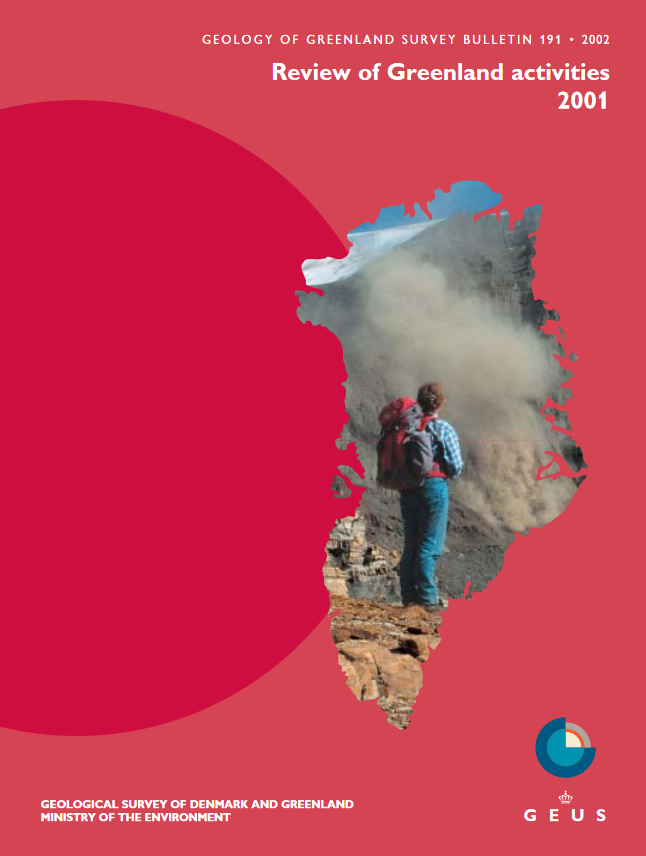Late Permian carbonate concretions in the marine siliciclastic sediments of the Ravnefjeld Formation, East Greenland
DOI:
https://doi.org/10.34194/ggub.v191.5140Abstract
This investigation of carbonate concretions from the Late Permian Ravnefjeld Formation in East Greenland forms part of the multi-disciplinary research project Resources of the sedimentary basins of North and East Greenland (TUPOLAR; Stemmerik et al. 1996, 1999). The TUPOLAR project focuses on investigations and evaluation of potential hydrocarbon and mineral resources of the Upper Permian – Mesozoic sedimentary basins. In this context, the Upper Permian Ravnefjeld Formation occupies a pivotal position because it contains local mineralisations and has source rock potential for hydrocarbons adjacent to potential carbonate reservoir rocks of the partly time-equivalent Wegener Halvø Formation (Harpøth et al. 1986; Surlyk et al. 1986; Stemmerik et al. 1998; Pedersen & Stendal 2000). A better understanding of the sedimentary facies and diagenesis of the Ravnefjeld Formation is therefore crucial for an evaluation of the economic potential of East Greenland.
Downloads
Published
Issue
Section
License
This article is distributed under a CC-BY 4.0 licence, permitting free redistribution and reproduction for any purpose, even commercial, provided proper citation of the original work. Author(s) retain copyright over the article contents.


